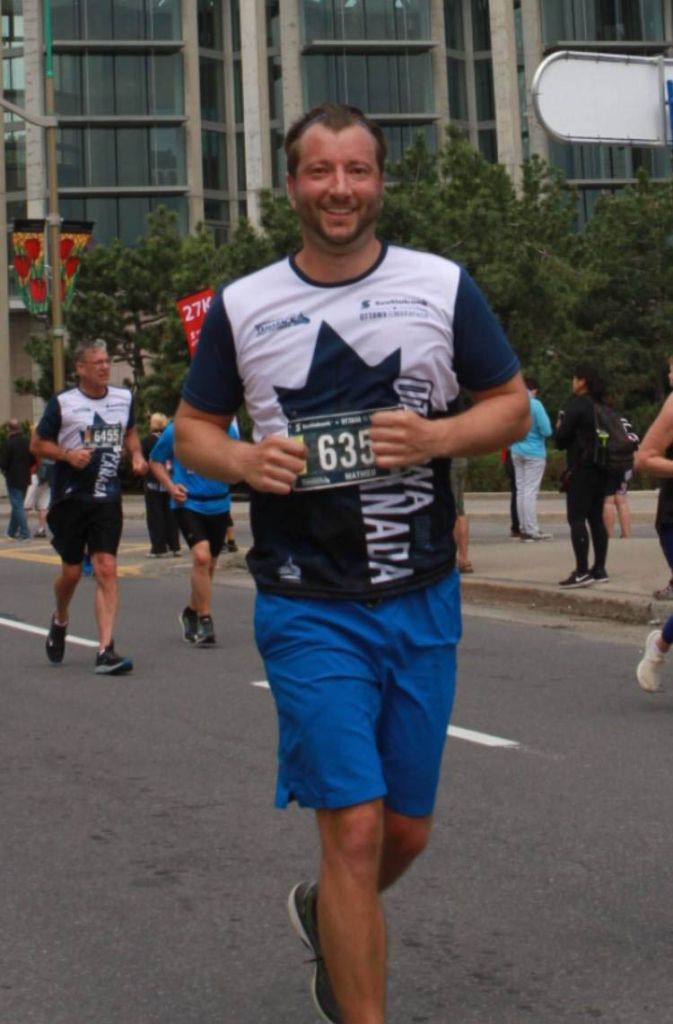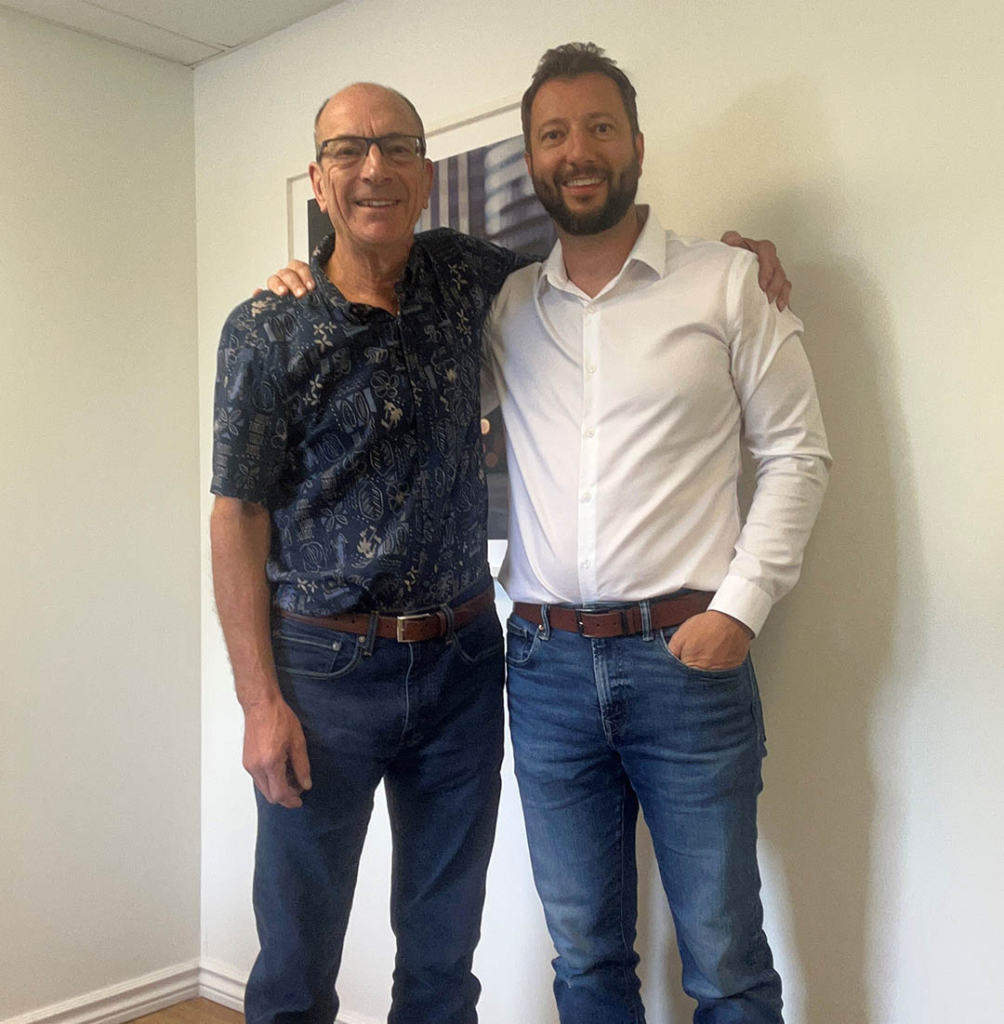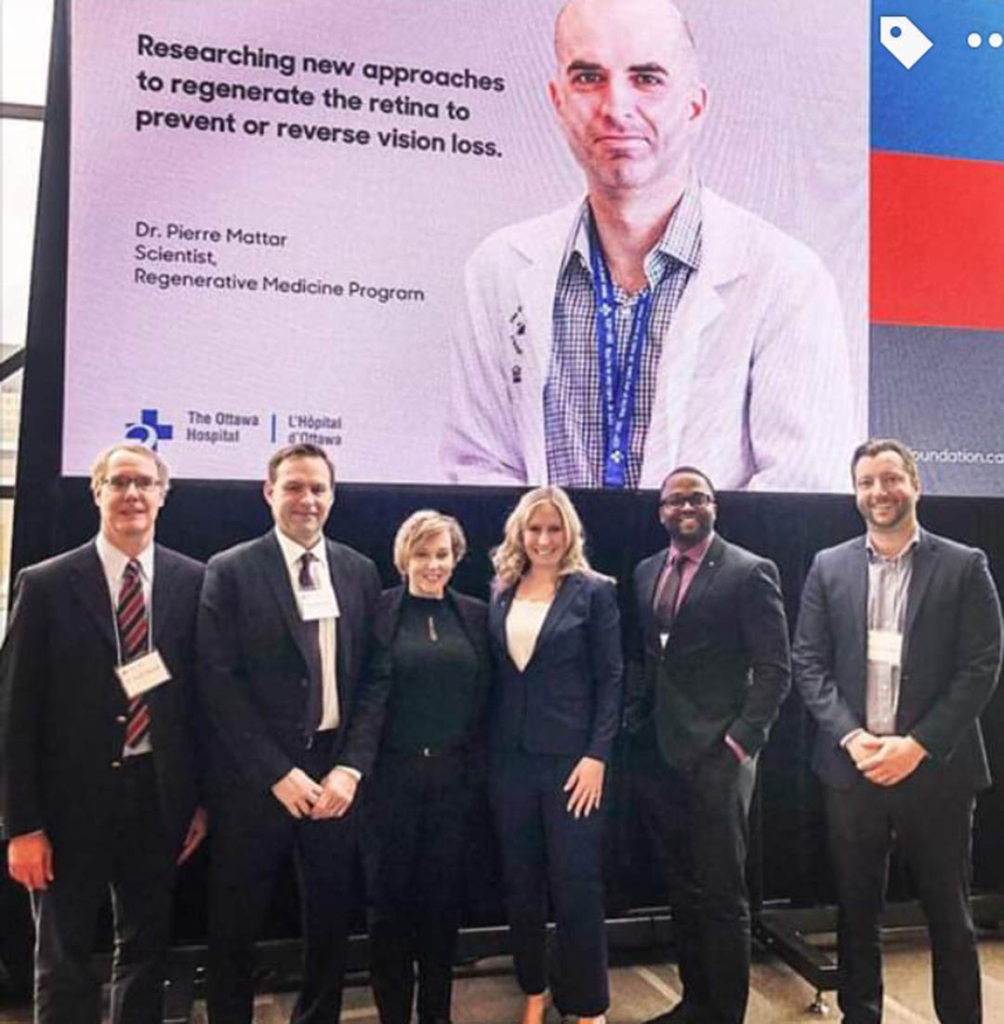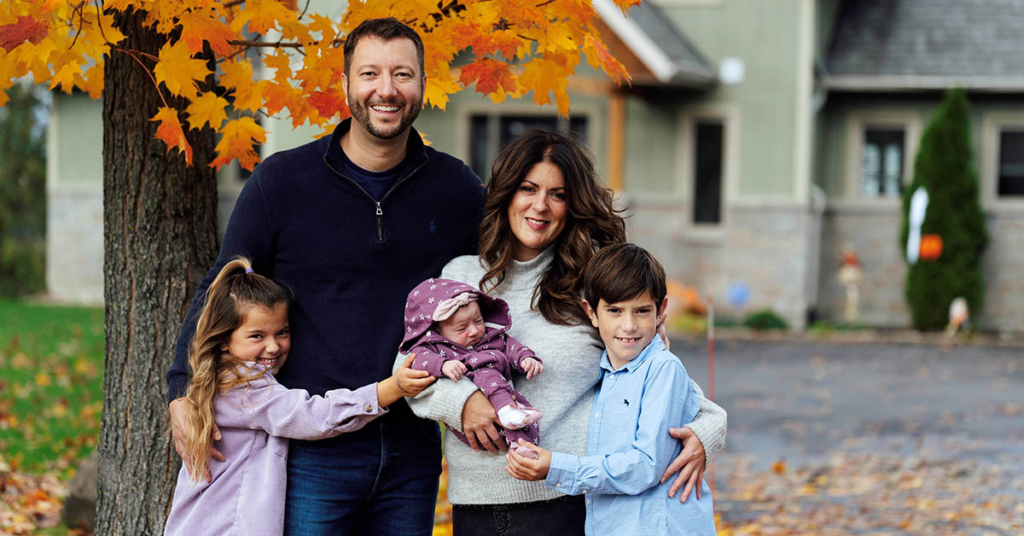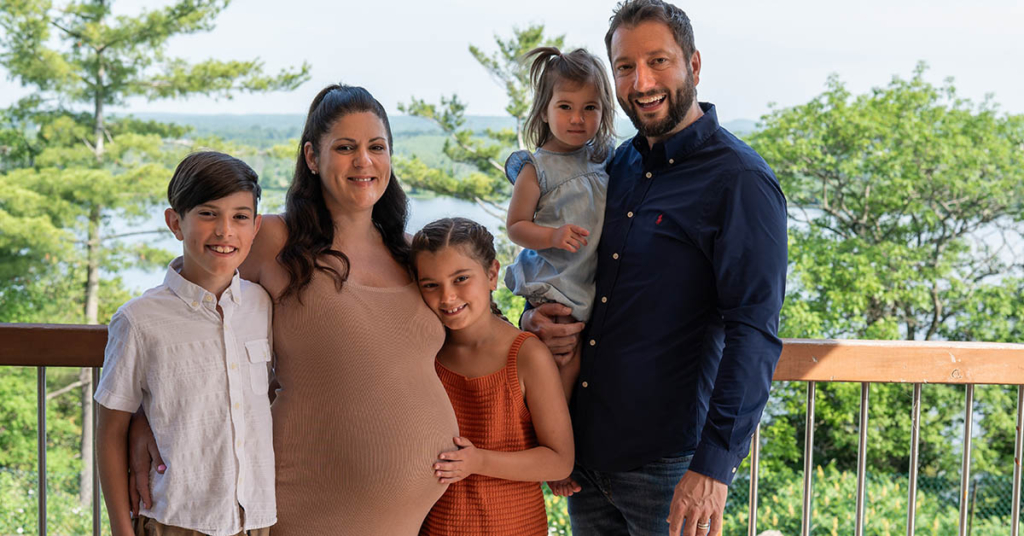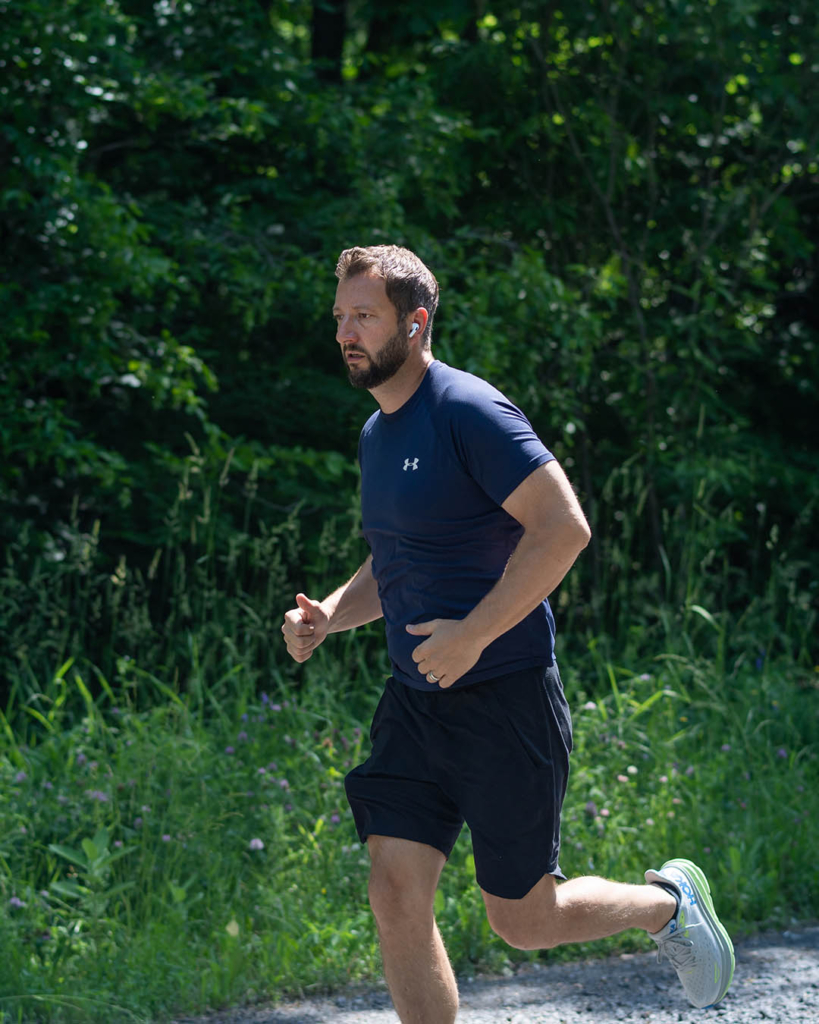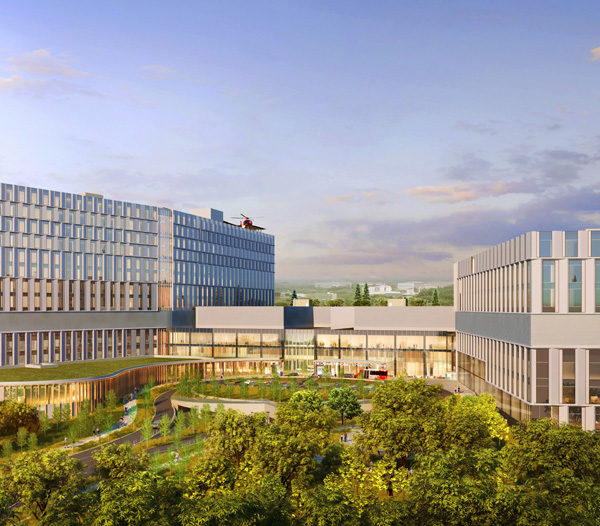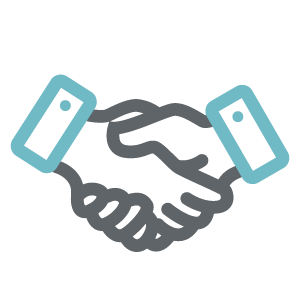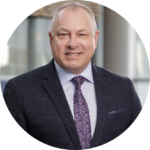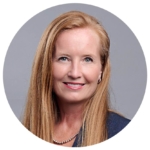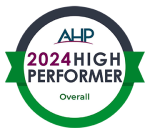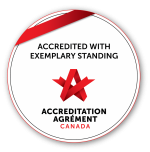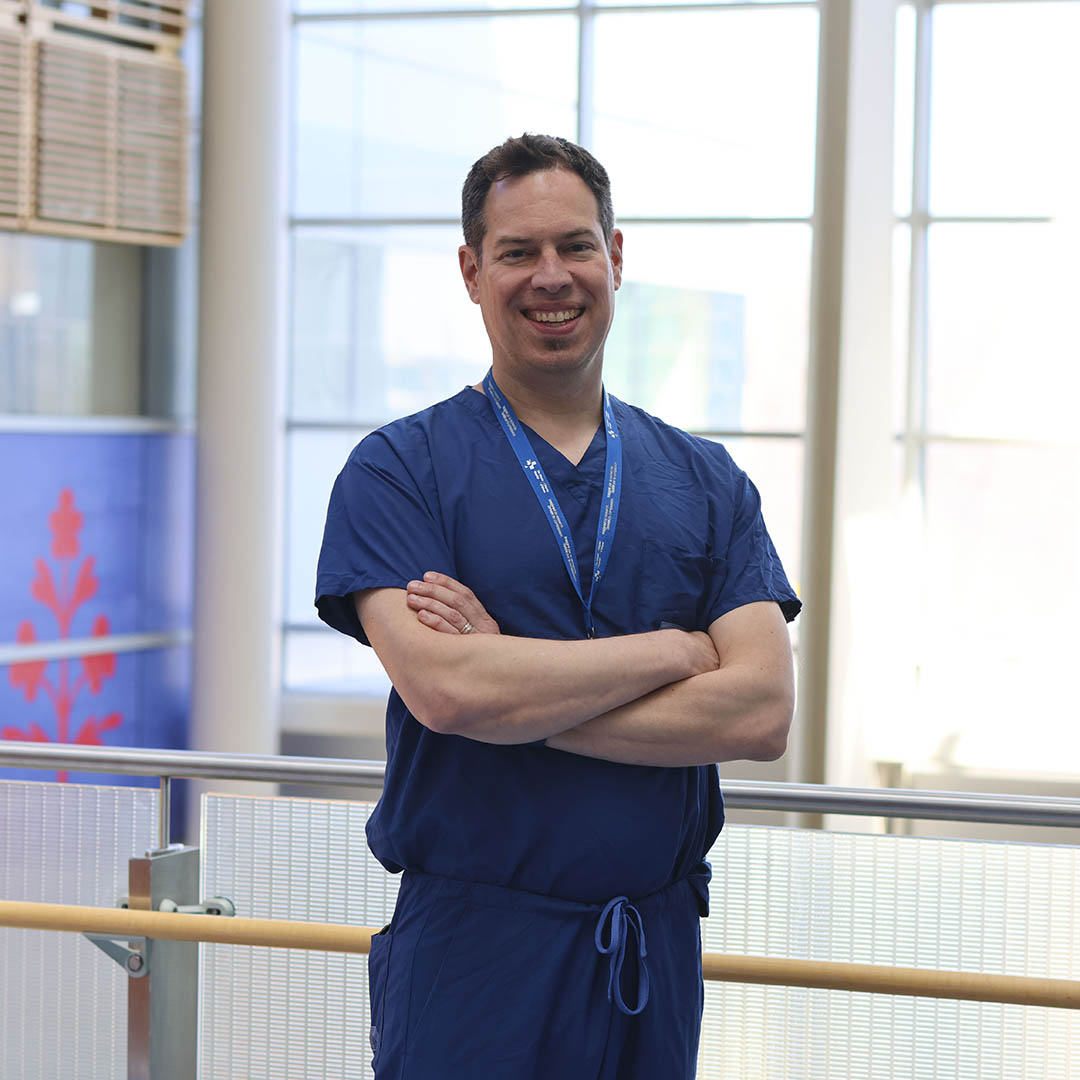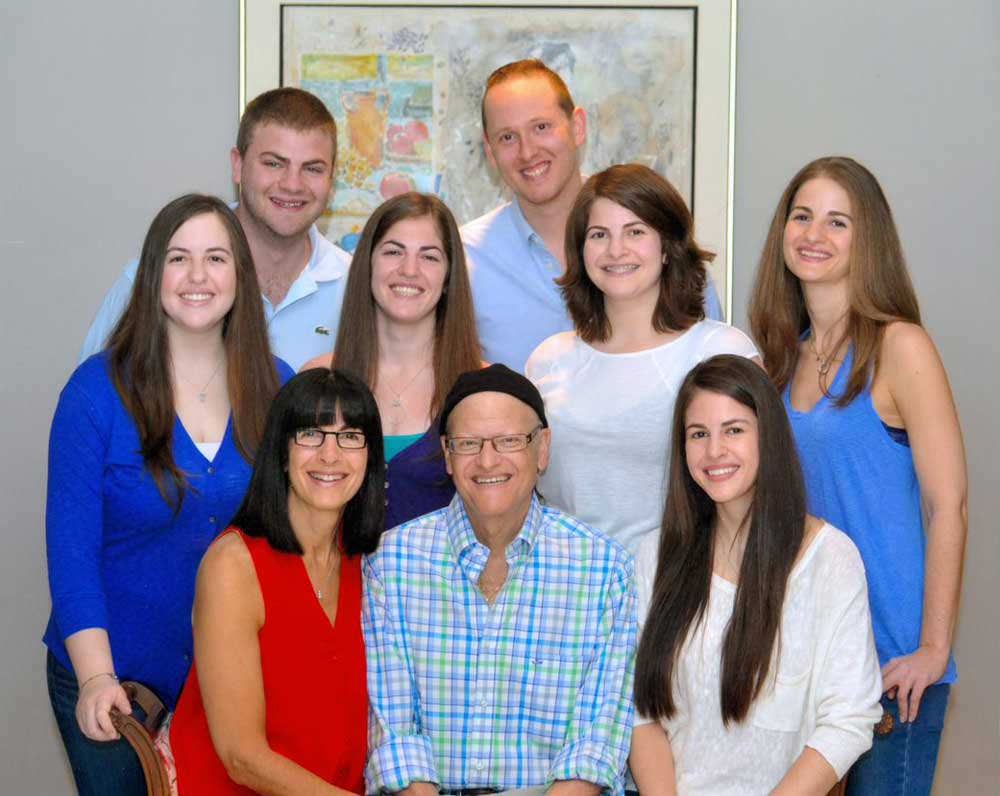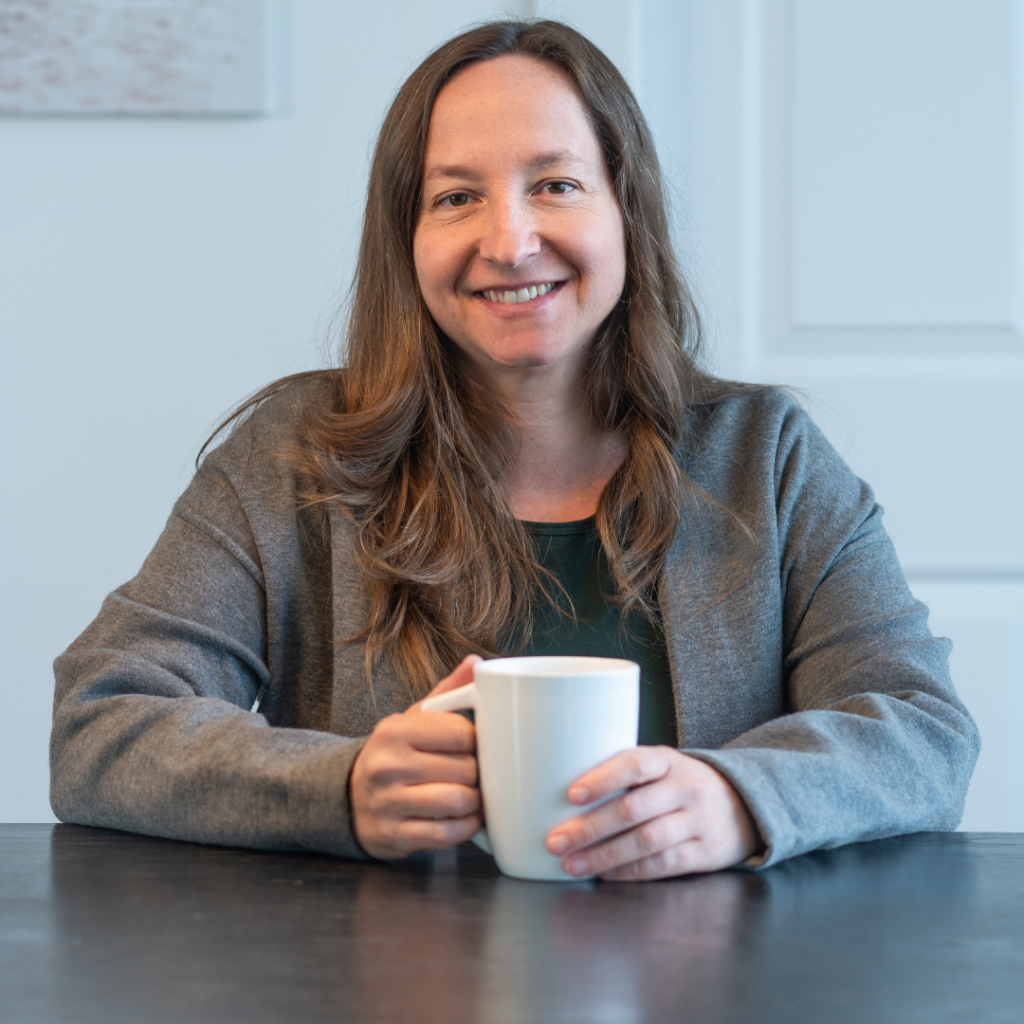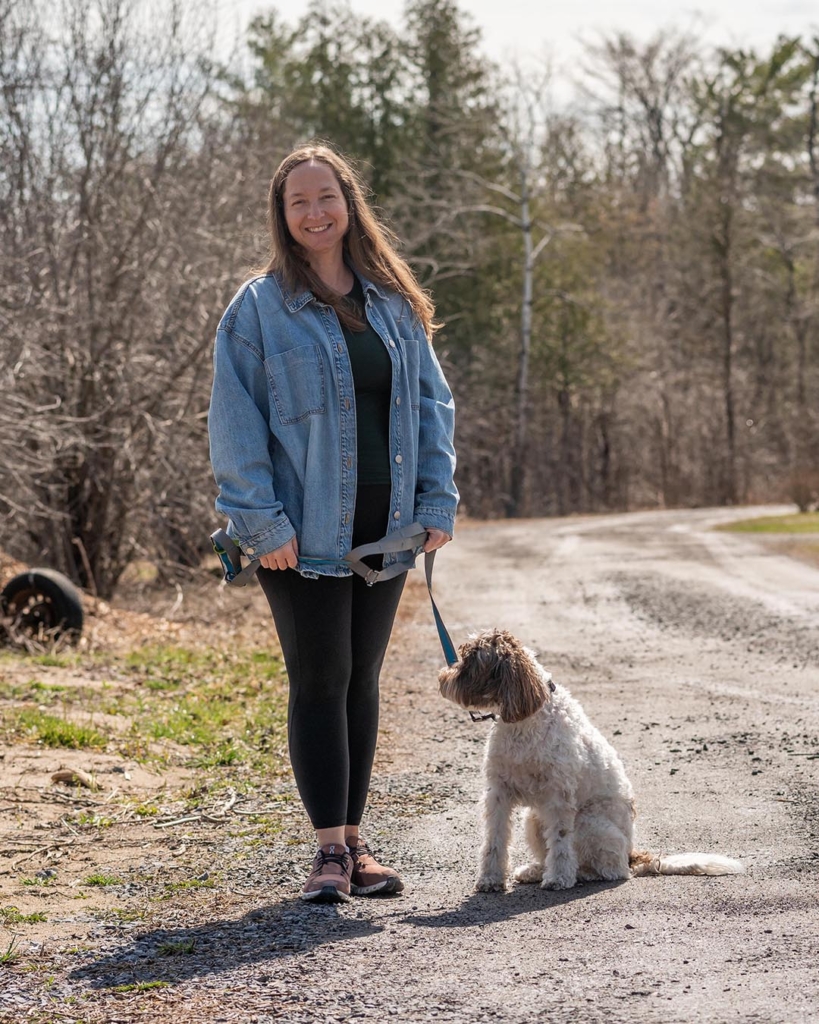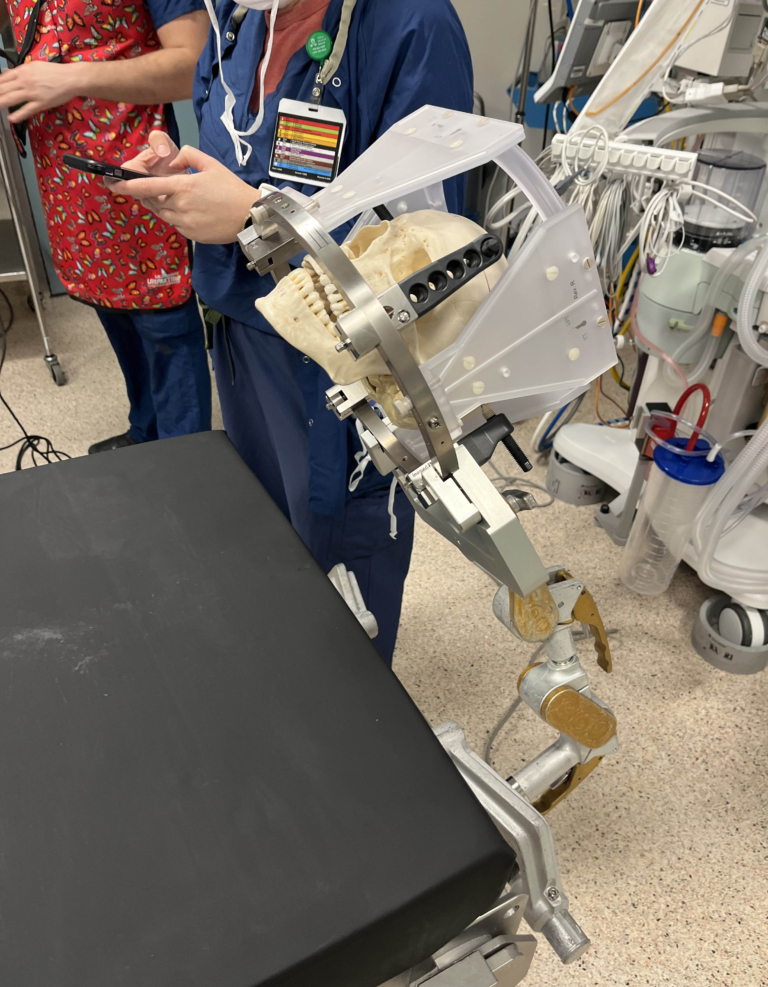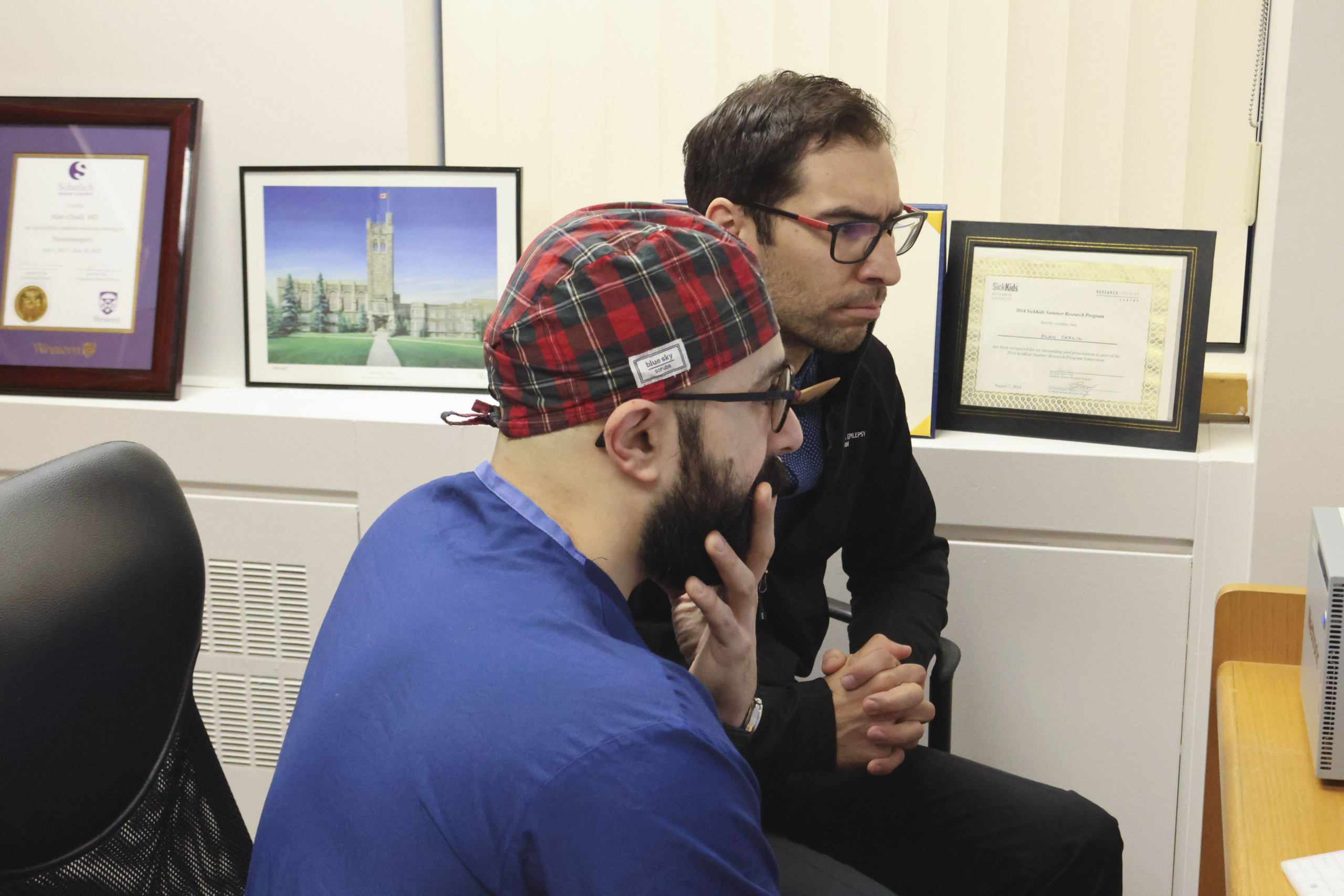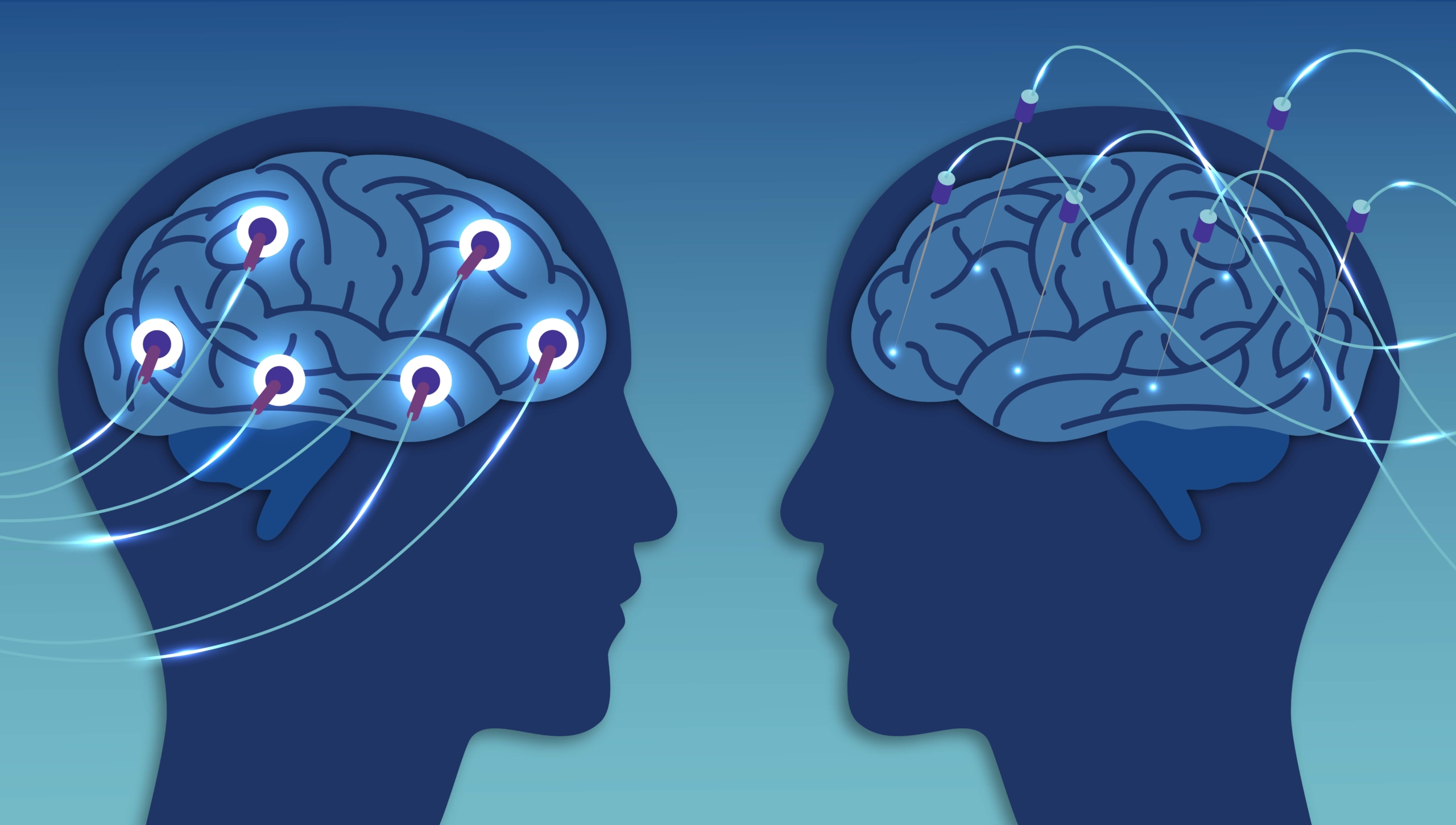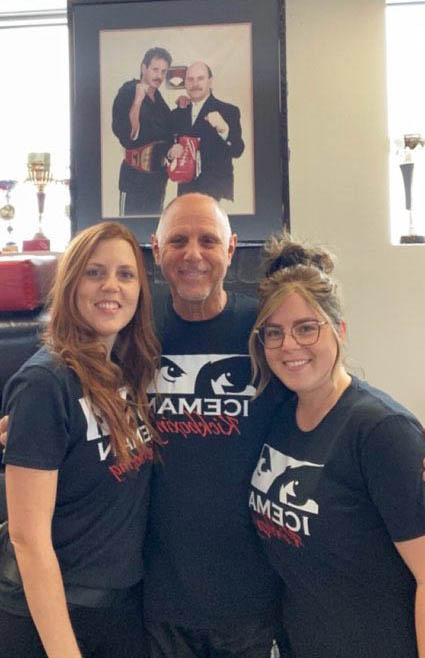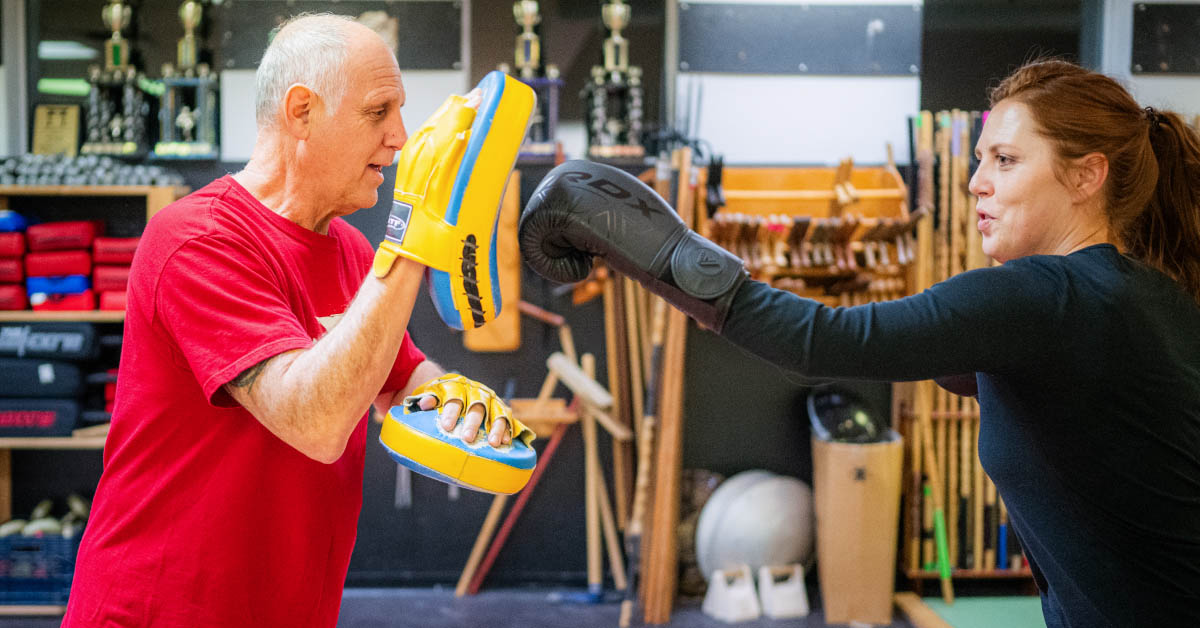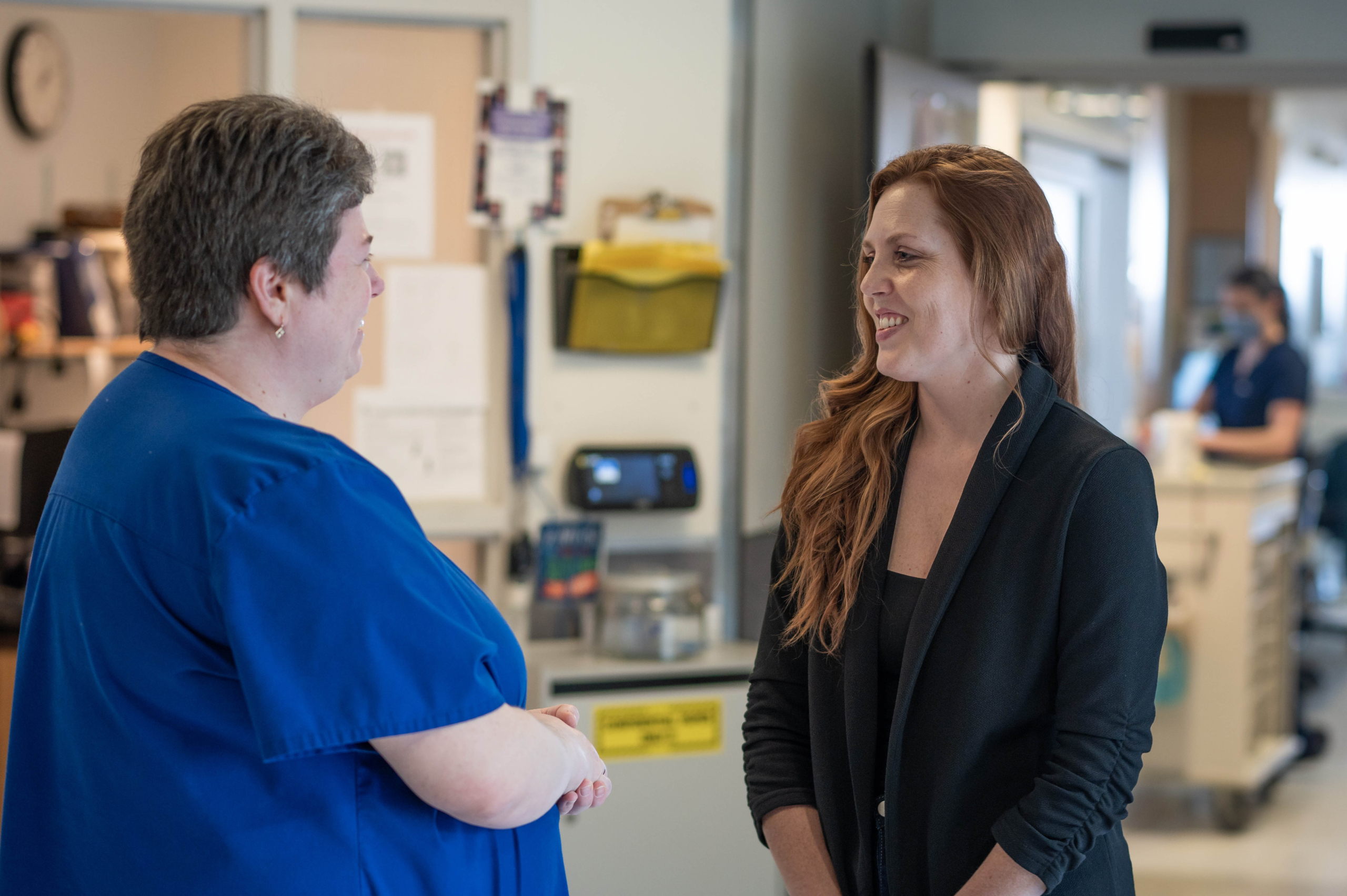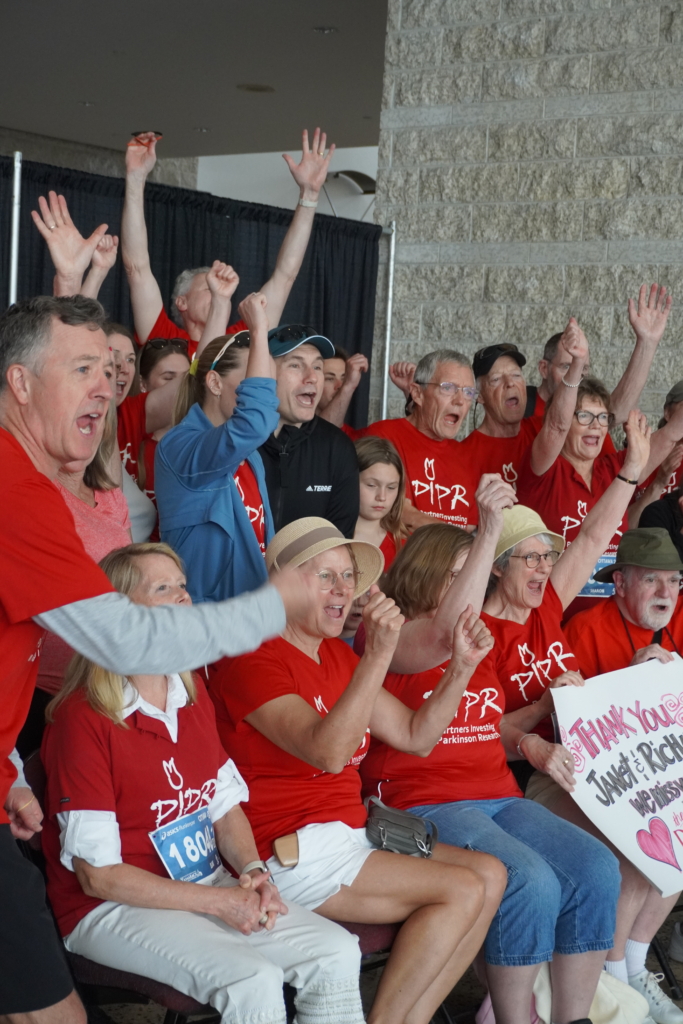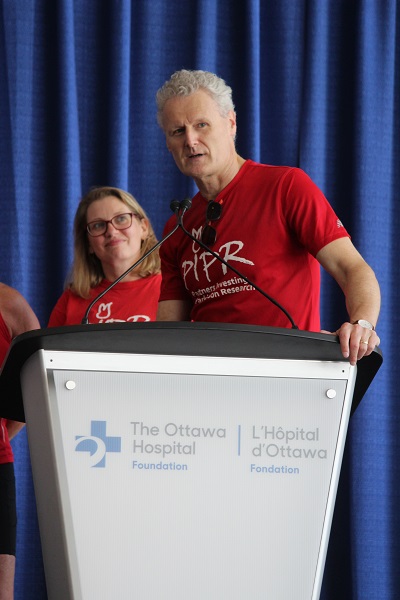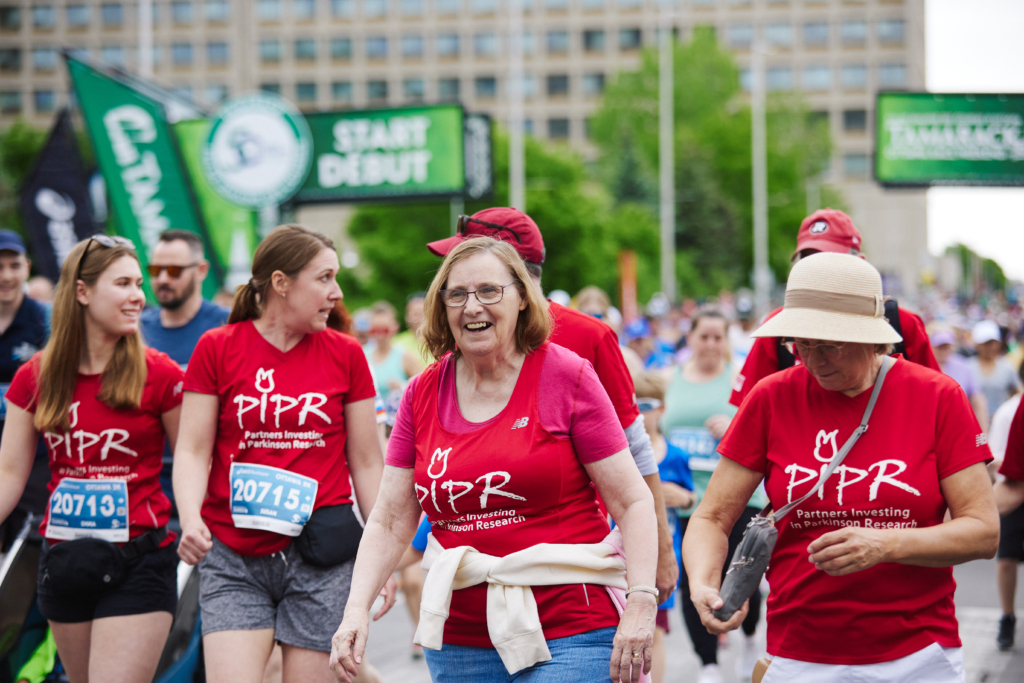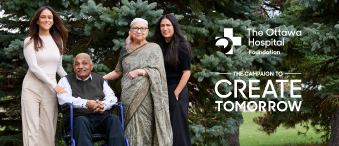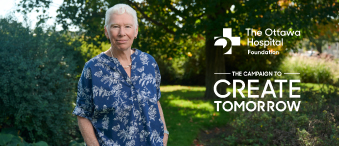Published: July 2025
For the first time ever, Ottawa will proudly host Ironman Canada — a world-renowned endurance event where athletes will push their limits across our city’s streets, waterways, and hills in an epic test of strength and determination
This grueling race includes a 3.86 km swim, a 180.25 km bike ride, and a full 42.20 km marathon — all completed in one continuous effort.
Hosting an event of this magnitude takes an entire community — for accommodation, food services, crowd and traffic control, and expert medical care. That’s where The Ottawa Hospital plays a critical role.
The Ottawa Hospital brings outstanding expertise to major fitness events such as Ironman. For the past decade, it has led both the medical tent and on-course medical services for Ottawa Race Weekend — but its involvement goes back even further, with staff supporting medical care for over 30 years. This long-standing, trusted partnership is essential to an event that depends on a highly skilled team to provide critical care on race day.
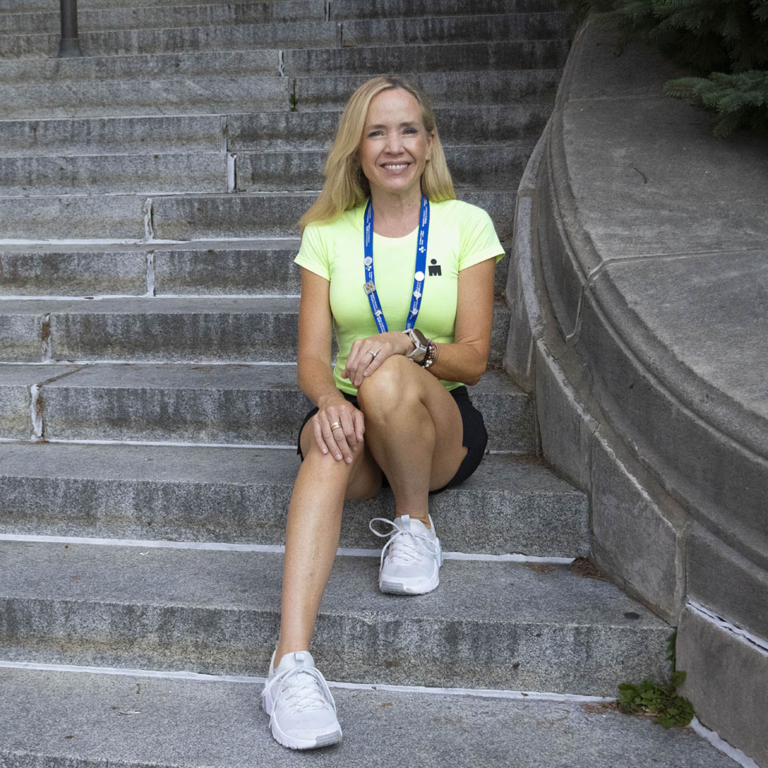
Karen Lawrence, Medical Team Lead for Ironman Canada Ottawa and Development Officer at The Ottawa Hospital Foundation, is thrilled about what the event, taking place on August 3, means for the city.
“It’s really highlighting Ottawa as a destination. It’s now the only full Ironman in Canada. Participants will move from west to east through our city and see some incredible places.”
Whether on the course or behind the scenes, The Ottawa Hospital is there when you need it most.
For the first time ever, Ottawa will proudly host Ironman Canada — a world-renowned endurance event where athletes will push their limits across our city’s streets, waterways, and hills in an epic test of strength and determination
This grueling race includes a 3.86 km swim, a 180.25 km bike ride, and a full 42.20 kilometres marathon — all completed in one continuous effort.
Hosting an event of this magnitude takes an entire community — for accommodation, food services, crowd and traffic control, and expert medical care. That’s where The Ottawa Hospital plays a critical role.
The Ottawa Hospital brings outstanding expertise to major fitness events such as Ironman. For the past decade, it has led both the medical tent and on-course medical services for Ottawa Race Weekend — but its involvement goes back even further, with staff supporting medical care for over 30 years. This long-standing, trusted partnership is essential to an event that depends on a highly skilled team to provide critical care on race day.
Karen Lawrence, Medical Team Lead for Ironman Canada Ottawa and Development Officer at The Ottawa Hospital Foundation, is thrilled about what the event, taking place on August 3, means for the city.
“It’s really highlighting Ottawa as a destination. It’s now the only full Ironman in Canada. Participants will move from west to east through our city and see some incredible places.”
Whether on the course or behind the scenes, The Ottawa Hospital is there when you need it most.
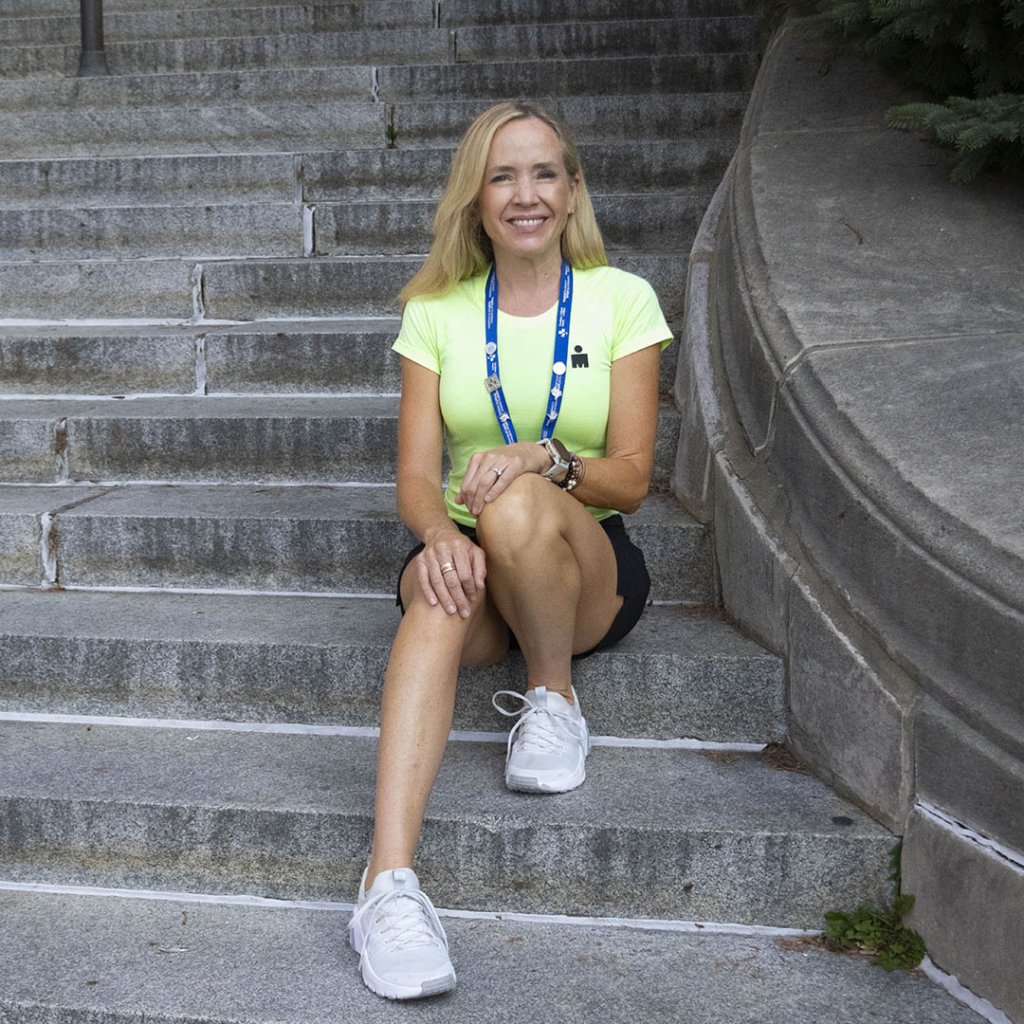
Bridging the gap between hospital and community
In collaboration with Ironman Global, The Ottawa Hospital will lead medical support at the event with a dedicated satellite medical clinic near the finish line at Sussex Drive by the National Art Gallery. The hospital clinic will have six medical team leads and will be backed by more than 300 volunteers, supporting 2900 participants.
“Whether it’s prompt, expert treatment for dehydration, on-site injury management, or immediate, seamless transfer to the hospital when needed, this is specialized care — it’s what we do at The Ottawa Hospital.” Karen explains, “Race medicine is its own field, and it requires a unique approach. We’re delivering the right care, in the right place, at the right time.”
Our hospital believes supporting community events is part of our responsibility. By delivering fast, on-site care through our Ironman Canada satellite medical clinic, we reduce pressure on hospital emergency departments and allow local paramedics to offload patients directly.
“We want dedicated professionals supporting our athletes at this international competition,” says Dave Holme, Race Director of Ironman Ottawa, when asked why the partnership with The Ottawa Hospital was so valuable. “Throughout all of our planning and organizing, we have experienced nothing but top-notch professionalism and suggestions on how we can improve the medical care at our event. We are extremely thrilled to welcome all of our athletes on August 3 in partnership with The Ottawa Hospital!”
An opportunity to support and drive medical research
Ironman Canada is not only partnering with The Ottawa Hospital to deliver on-site medical care — it’s also proudly supporting The Ottawa Hospital Foundation with a generous gift to the Campaign to Create Tomorrow, helping build a world-class hospital for our city.
But it doesn’t end there — many participants are using Ironman Ottawa as a platform to shine light on the exceptional care they or their loved ones have received at The Ottawa Hospital.
Leading up to Ironman, Dr. Jon Hooper — a former ICU physician and current anesthesiologist at The Ottawa Hospital — has been helping coordinate logistics for the hospital’s satellite medical tent. On race day, he’ll be racing and fundraising in loving memory of his wife, Sindy, and in support of cancer research.
Sindy was diagnosed with pancreatic cancer in 2013. Despite undergoing chemo, surgery, and radiation, Sindy completed Ironman Canada in Whistler that same year —all while in treatment.
“She refused to give up,” Jon says. “That moment sparked a movement: Make Every Moment Count (MEMC). She turned racing into a platform for purpose, inspiring others and raising funds, even while fighting cancer. Now, with Ironman Canada coming to her own backyard, it feels like everything has come full circle.”
Sindy’s spirit continues to drive Team MEMC. On August 3, Jon and her son Chris Dobson will race in the Ironman event together in her honour.

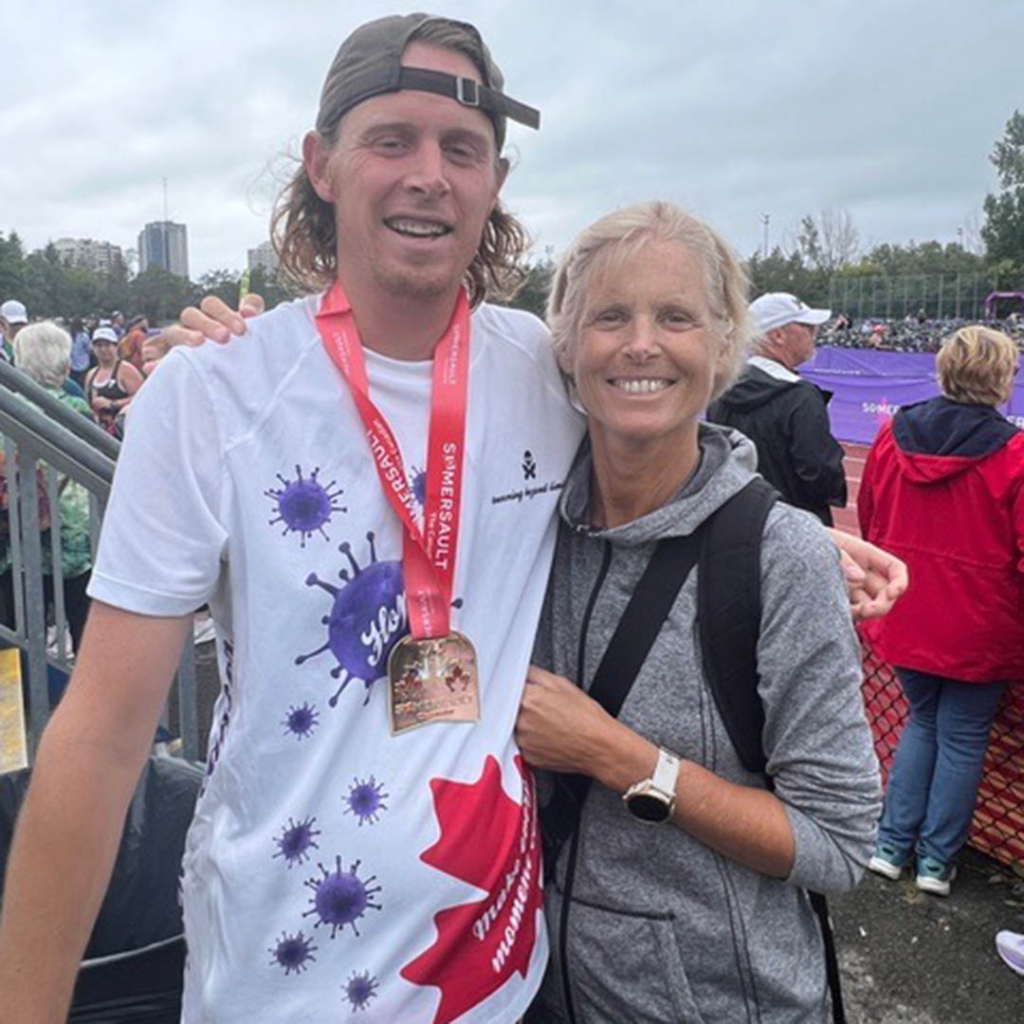
Let’s race!
As Ironman Canada makes its debut in Ottawa, it brings more than just world-class competition — it carries stories of resilience, legacy, and community spirit. From the tireless efforts of The Ottawa Hospital’s medical teams to the powerful journey of fundraisers, this event is a testament to what happens when a city comes together with heart.
Whether on the course or behind the scenes, The Ottawa Hospital is there when you need it most.


